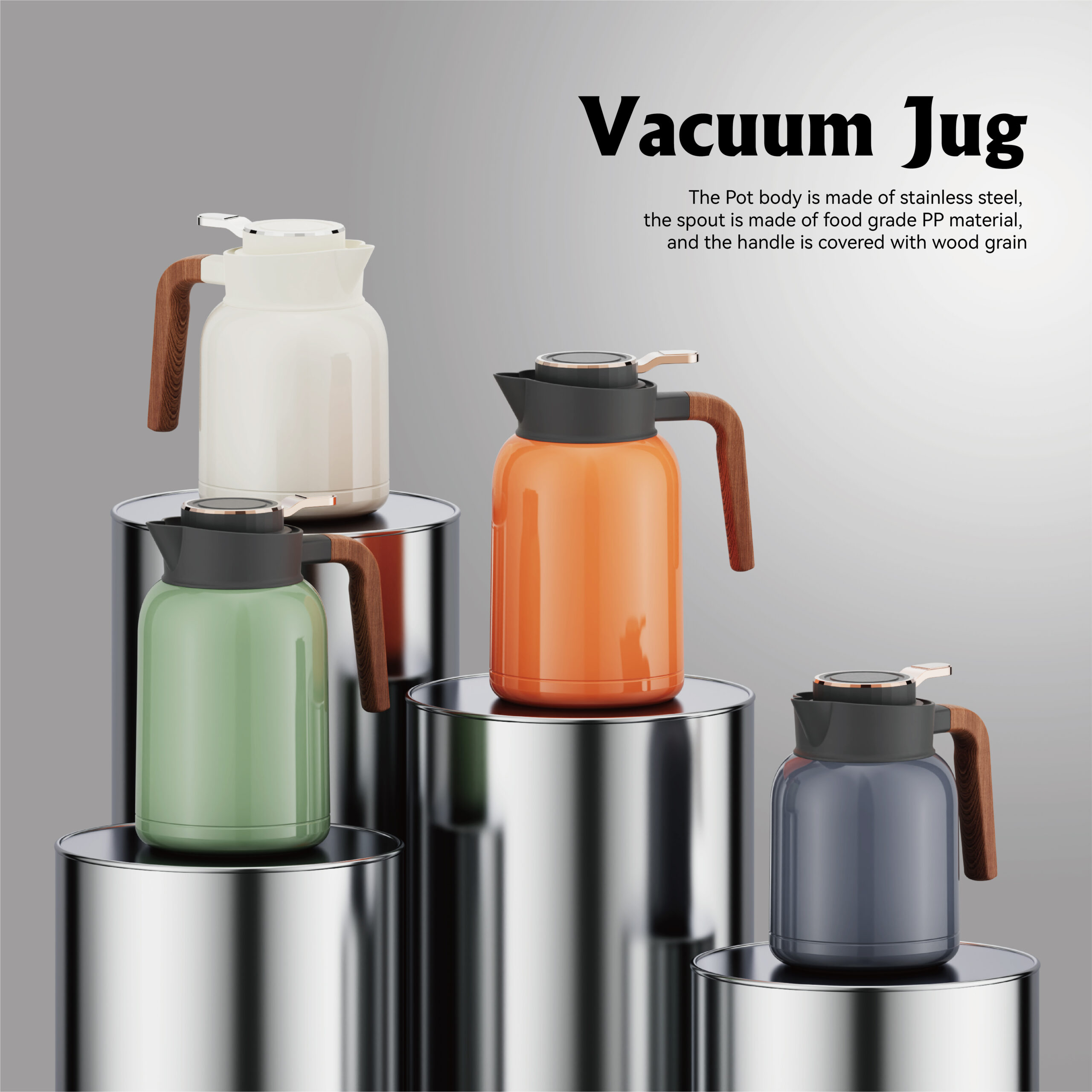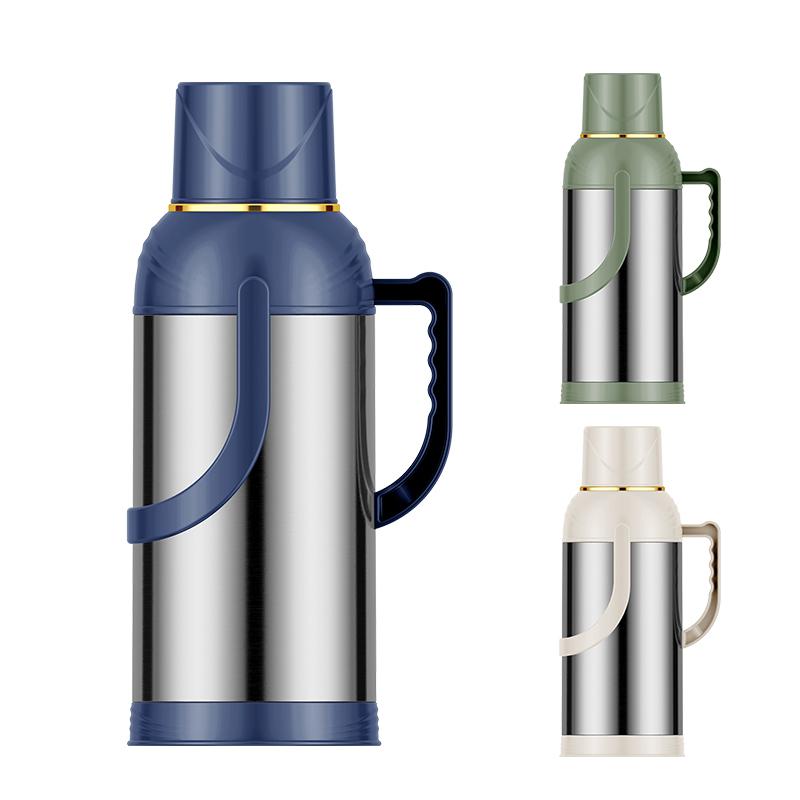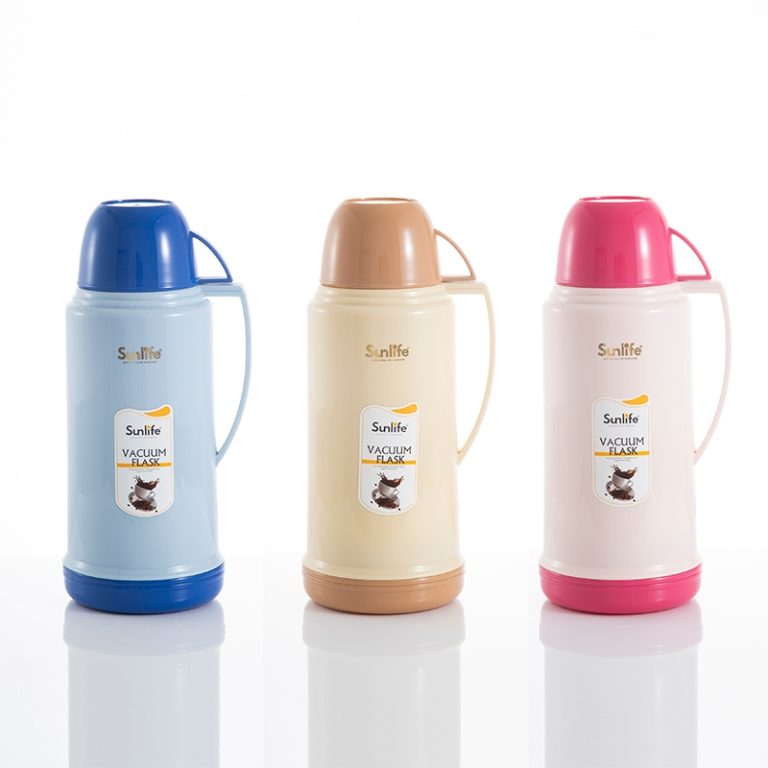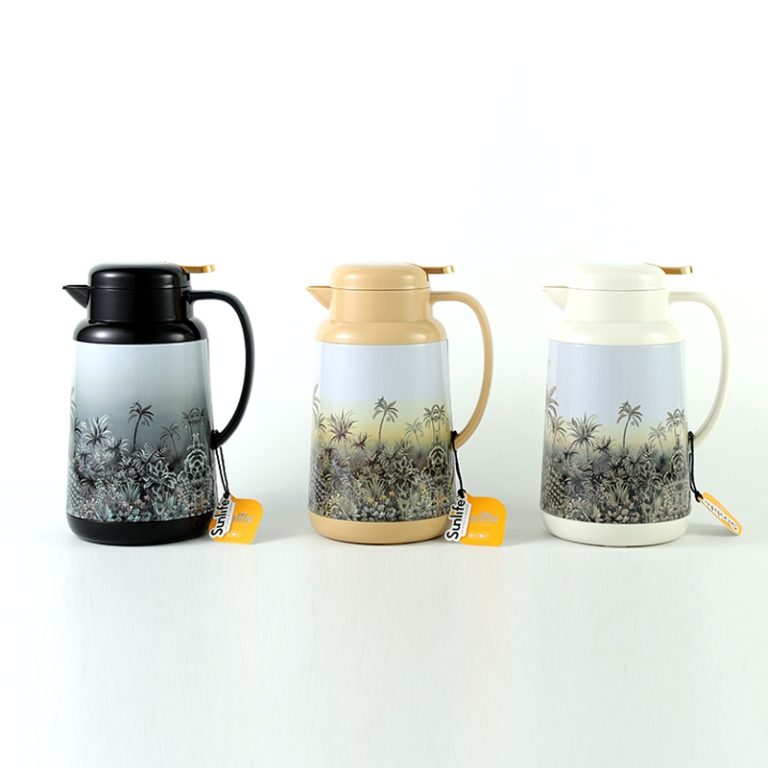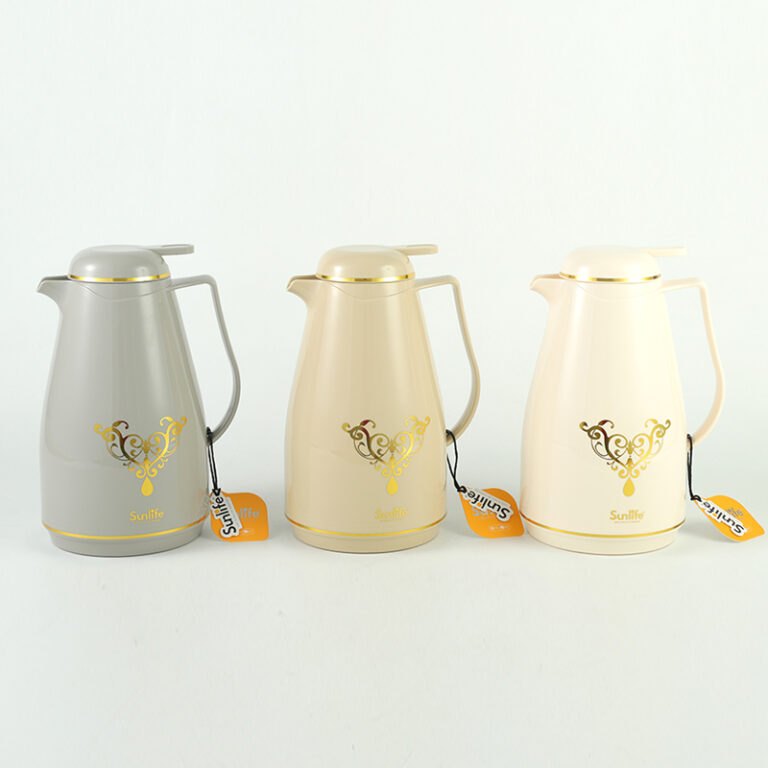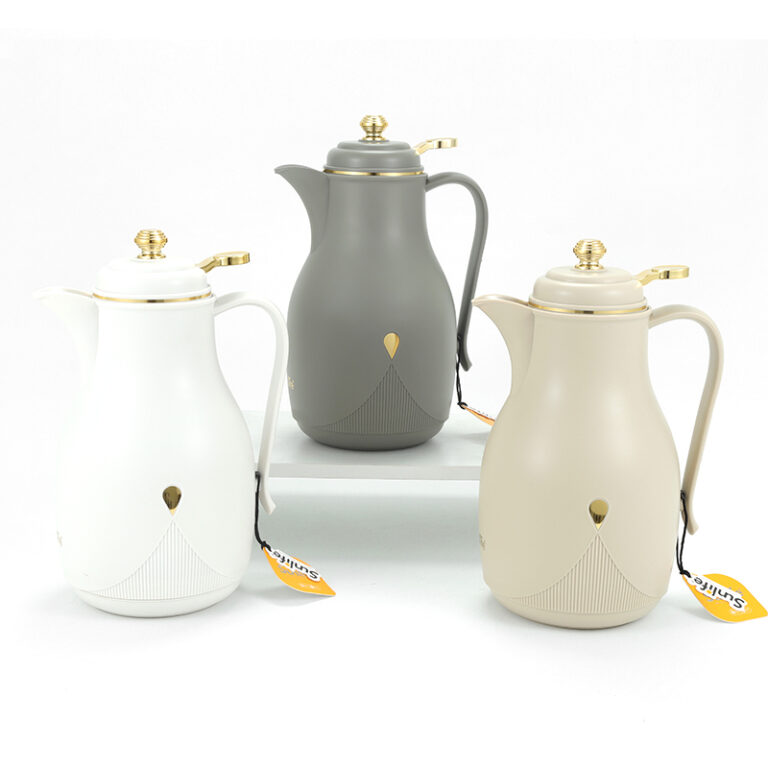Picture this. You’ve just brewed a pot of coffee on a chilly morning. You poured it steaming into your trusty thermos. Then you headed out the door. By lunchtime, it’s barely warm enough to sip. Maddening, right? That letdown hits hard. Especially when you’re counting on your thermos to deliver heat all day long. If your thermos isn’t keeping things hot like it should, you’re not alone. Plenty of folks run into this snag. And it often boils down to simple slip-ups we make without realizing.
Thermos bottles are everyday heroes for commuters, hikers, and office workers alike. They promise to lock in that fresh-brewed goodness for hours. But when they fall short, it leaves you wondering what’s gone wrong. The good news? Most issues stem from habits we can tweak. In this post, we’ll dive into seven common mistakes that sabotage your thermos’s performance. We’ll break them down with real-talk tips. And we’ll add a bit of behind-the-scenes know-how from the world of insulated gear. Stick around. You’ll be toasting with piping-hot drinks in no time.
How Thermos Bottles Actually Work: A Quick Primer
Before we jump into the pitfalls, let’s get on the same page about what makes a thermos tick. At its core, a good thermos relies on vacuum insulation. Think of it like a double-walled jacket for your drink. The space between the inner and outer layers is evacuated of air. This creates a near-vacuum that blocks heat from escaping. Or cold from sneaking in.
This setup works wonders. Top models can hold heat for 12 hours or more. But even the best design can’t overcome user errors. Factors like material choice play huge roles too. Glass liners keep flavors pure. Stainless steel adds durability. And build quality matters a ton. A study from the American Society of Heating, Refrigerating and Air-Conditioning Engineers notes something key. Poor handling can cut insulation efficiency by up to 40%. Ouch. Now, let’s pinpoint those everyday blunders.
Mistake 1: Skipping the Preheat Ritual
Ever toss cold water into your thermos without warming it up first? That’s like asking your car to start in a snowstorm without the engine block heater. The chill from the bottle walls sucks the heat right out of your brew.
Why It Kills the Heat
The metal or glass interior starts at room temperature, around 70°F. You pour in 200°F coffee. And it drops fast to balance things out. Heat transfer happens in seconds. This robs you of hours of warmth.
Fix It Fast
Fill your thermos with boiling water. Let it sit for five minutes. Then dump and refill with your hot drink. Do the same for cold stuff. Use ice water to chill the walls. Pro tip: I once forgot this on a camping trip. My soup went from scalding to sad in under an hour. Lesson learned.
Mistake 2: Opening the Lid Every Few Minutes
That quick peek to check if it’s still hot? It might feel harmless. But it’s like cracking the door to winter during a cozy night in. Each time you unscrew, hot air rushes out. And cooler air dives in.
The Science Behind the Sneak Attack
Convection currents kick in immediately. According to thermal dynamics basics, even a 10-second lid-off can lose 10-15% of your heat reserve. Do it three times on a commute? You’re down a third.
Turn It Around
Commit to one pour at a time. Use a model with a pour spout that doesn’t require full removal. Bullet-point your sips: plan ahead, sip slow, and save the steam.
Mistake 3: Stuffing It with Room-Temp Liquids
Hot tea demands a hot start. Dumping in lukewarm soup from the stove? You’re setting up for mediocrity. The liquid’s initial temp sets the baseline. And that decides how long it’ll stay enjoyable.
Real-World Impact
Industry tests show something clear. Starting at 180°F versus 140°F can extend “hot” time by two full hours. I’ve seen baristas swear by this. Their travel mugs stay brew-worthy till closing.
Easy Swap
Heat everything to at least 190°F before sealing. For soups or stews, a quick microwave zap does the trick. No more midday microwave runs.
Mistake 4: Ignoring Lid and Seal Wear
That trusty lid has been through the dishwasher wars and backpack battles. Over time, the rubber gasket hardens or warps. This turns your airtight seal into a leaky one.
Spot the Trouble
Check for cracks, residue buildup, or a loose fit. A quick smell test works well. If odors linger from yesterday’s garlic pasta, heat’s escaping too.
Seal the Deal
Wipe seals with vinegar monthly. And replace every six months. Opt for thermoses with twist-lock lids. They hold up better. One hiker buddy of mine glued his seal back once. It worked for a week. Then it flooded his pack. Don’t be that guy.
Mistake 5: Using It for the Wrong Stuff
Thermos for hot coffee? Smart. For fizzy soda? Recipe for regret. Carbonation builds pressure. This stresses the vacuum walls. And it invites early failure.
Pressure Points
Acidic drinks like orange juice erode glass liners faster. While carbonated ones can pop seals. Data from consumer reports flags this as a top complaint. It hits mixed-use bottles hard.
Stay on Track
Reserve yours for hot beverages or soups. Got a separate cold one? Even better. This keeps both performing at peak.
Mistake 6: Rough Handling and Drops
Banged it on the counter? Dropped it down stairs? Those dings don’t just dent pride. They compromise the vacuum chamber.
Damage Deep Dive
A single hard impact can micro-crack the inner wall. This lets air seep in. And it ruins insulation. Think of it as a tiny puncture in your home’s weatherproofing.
Handle with Care
Use padded sleeves or clips. If it’s banged up, test with hot water. If it cools quicker than new, retire it. My trail thermos took a tumble last fall. It lost half its heat-holding power overnight.
Mistake 7: Buying Bottom-Shelf Bargains
That $10 special from the discount bin? It might look like a thermos. But cheap builds mean thin walls and flimsy vacuums. These fizzle fast.
Quality Check
Look for double-wall stainless or borosilicate glass. Not plastic knockoffs. Reputable ones boast 24-hour heat retention claims. And they’re backed by lab tests.
Level Up
Invest in mid-range picks with warranties. You’ll recoup the cost in frustration-free days. Over five years, I’ve swapped three bargain bins for one solid keeper. Night and day.
| Mistake | Quick Fix | Heat Gain Estimate |
| No Preheat | Boil & soak 5 min | +2-3 hours |
| Frequent Opens | Pour once, sip slow | +1-2 hours |
| Room-Temp Start | Heat to 190°F | +2 hours |
| Worn Seals | Clean/replace quarterly | +1 hour |
| Wrong Liquids | Hot-only use | +1-2 hours |
| Drops & Dents | Pad & inspect | Varies (up to +3 hours if undamaged) |
| Cheap Buys | Go mid-tier | +4-6 hours overall |
This table sums it up. Small changes, big payoffs. Tweak one or two. And you’ll notice the difference right away.
Meet WeiLai: Your Go-To Source for Dependable Thermos Gear
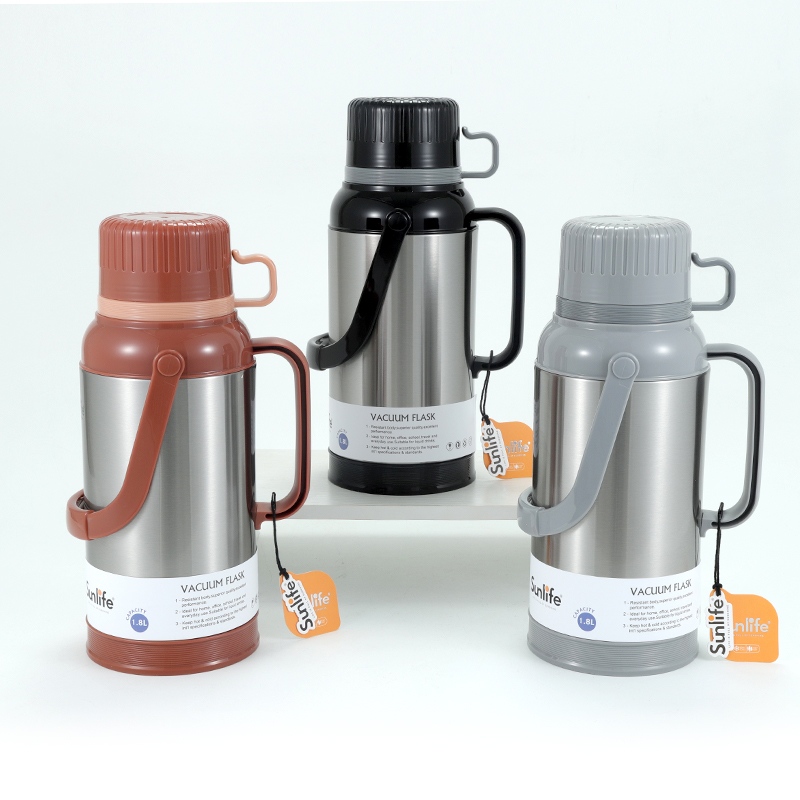
When it’s time to upgrade or stock up, turn to a supplier that gets the insulation game inside out. WeiLai stands out as a trusted thermos manufacturer. They’ve got over a decade in the craft. Based in Yongkang, China—the global hub for stainless steel wonders—they specialize in vacuum-insulated flasks. These blend tough builds with everyday smarts.
Their lineup shines with large-capacity options. Take the Sunlife 3.2L iron-body jug. It features handgrips for easy pouring. And a glass liner that keeps flavors pure. No metallic tang. Or check the Sunlife 2.0L stainless steel model. Press-button pour for mess-free refills. It holds heat steady for 12+ hours. Whether you’re eyeing ODM customization for your brand. Or straight-off-the-shelf reliability. WeiLai’s focus on quality vacuum tech means no more “thermos not keeping things hot” headaches. It’s gear built for real life. From office runs to backcountry boils.
Wrapping It Up: Reclaim Your Hot Drink Ritual
There you have it. Seven sneaky saboteurs and straightforward ways to sidestep them. Your thermos isn’t broken. It’s just begging for better care. Start with preheating and seal checks today. Watch those morning brews stretch into golden afternoons. It’s not about perfection. But about those small wins that make your day smoother. Next time you’re pouring that first cup, remember this. A little attention goes a long way toward toasty bliss.
Frequently Asked Questions
Why is my thermos not keeping things hot after a few hours?
It could be one of those common pitfalls. Like skipping the preheat or a worn-out lid seal. Try warming the interior with hot water first. That alone can add hours of reliable heat.
How do I know if my thermos’s vacuum seal is damaged?
Look for dents, unusual cooling speed, or lingering smells. Test by filling with boiling water. Time how long it stays above 140°F. If it’s quicker than 6-8 hours, the seal might need replacing.
Can a cheap thermos ever keep things hot effectively?
Sure, but bargain models often skimp on wall thickness. This leads to faster fade. Stepping up to a quality vacuum-insulated one makes a world of difference. It boosts daily performance.
What’s the best way to clean my thermos without hurting insulation?
Skip the dishwasher. Opt for hot soapy water and a soft brush. For tough spots, a baking soda paste works wonders. This keeps seals pliable. And heat locked in.
How long should a good thermos keep things hot, anyway?
With proper use, aim for 8-12 hours at drinkable temps. Factors like starting heat and ambient cold play in. But nailing the basics gets you there consistently.

